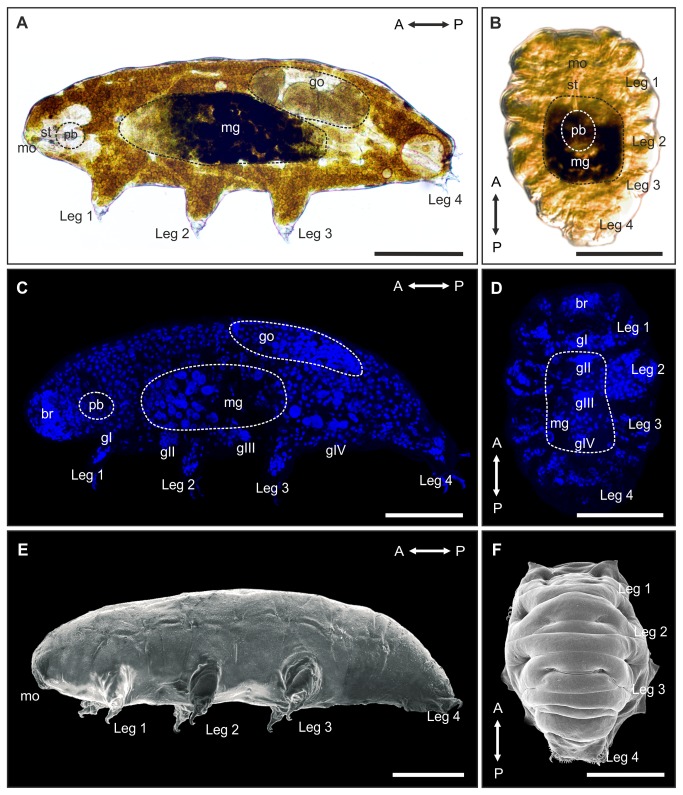Figure 1. Rearrangement of organs and cells during anhydrobiotic tun formation in Richtersius coronifer.
Light microscopy of A. active, hydrated animal (lateral view) and B. a tun (ventral view) showing the rearrangement of major anatomical structures during tun formation. Note the compact body shape of the tun. Dashed circles indicate areas of the midgut (mg), gonads (go) and pharyngeal bulb (pb), respectively. The degree of longitudinal contraction is ultimately limited by the length of the rigid stylets (st). The pharyngeal bulb is for the most part repositioned in the dorsomedian plane. Maximum projection image of a confocal z-series of C. hydrated DAPI stained specimen (lateral view), and D. DAPI stained tun (ventral view) demonstrating the reposition of cell nuclei during tun formation. Scanning electron micrograph of E. a hydrated specimen (lateral view) and F. a tun (dorsal view) revealing the extensive changes in external morphology associated with formation of the tun. A↔P, anterior-posterior axis; br, brain; gI-gIV, ventral ganglia; mo, mouth. Scale bars = 100 μm.

